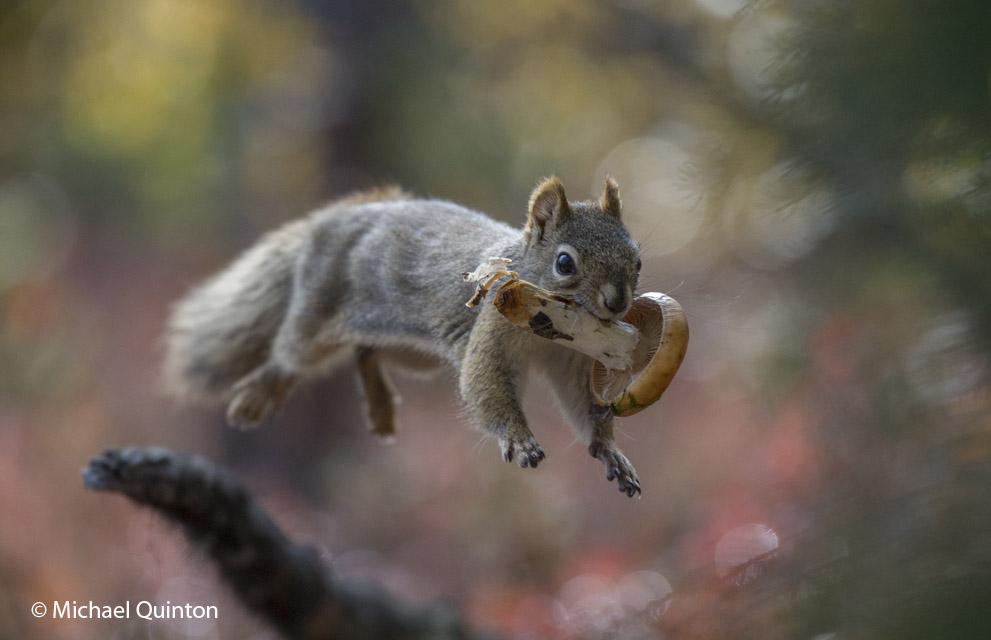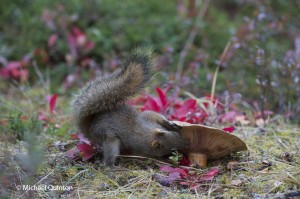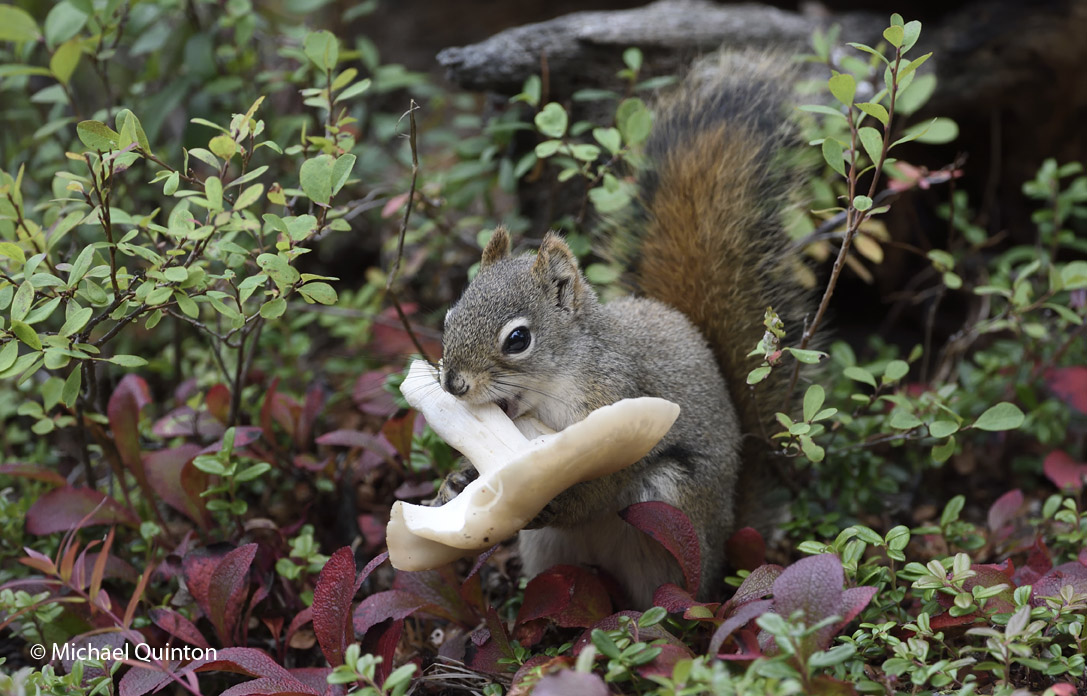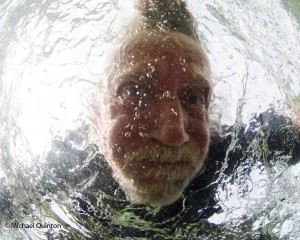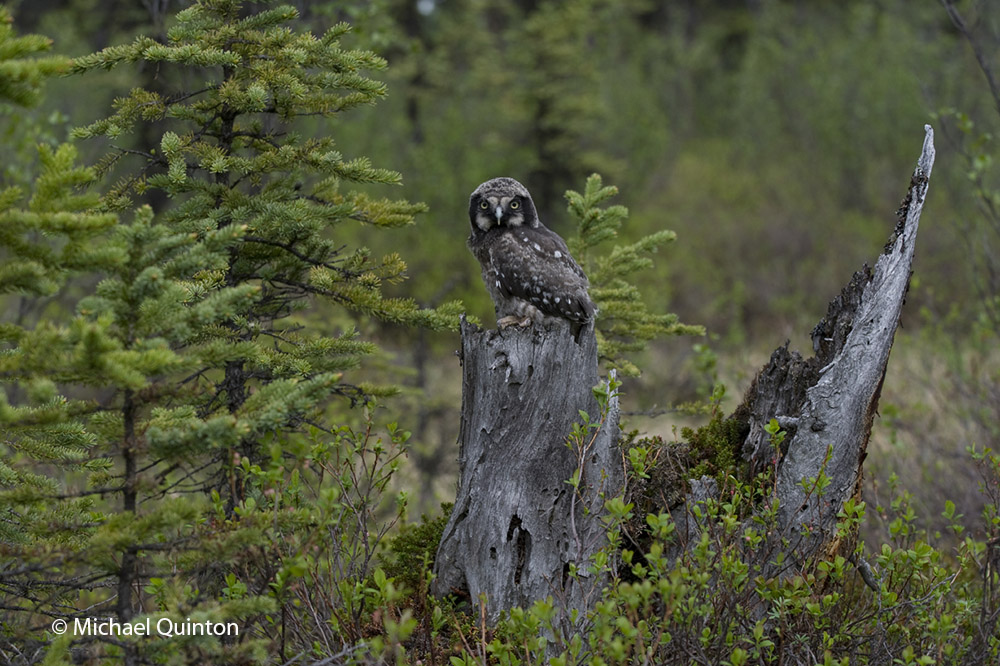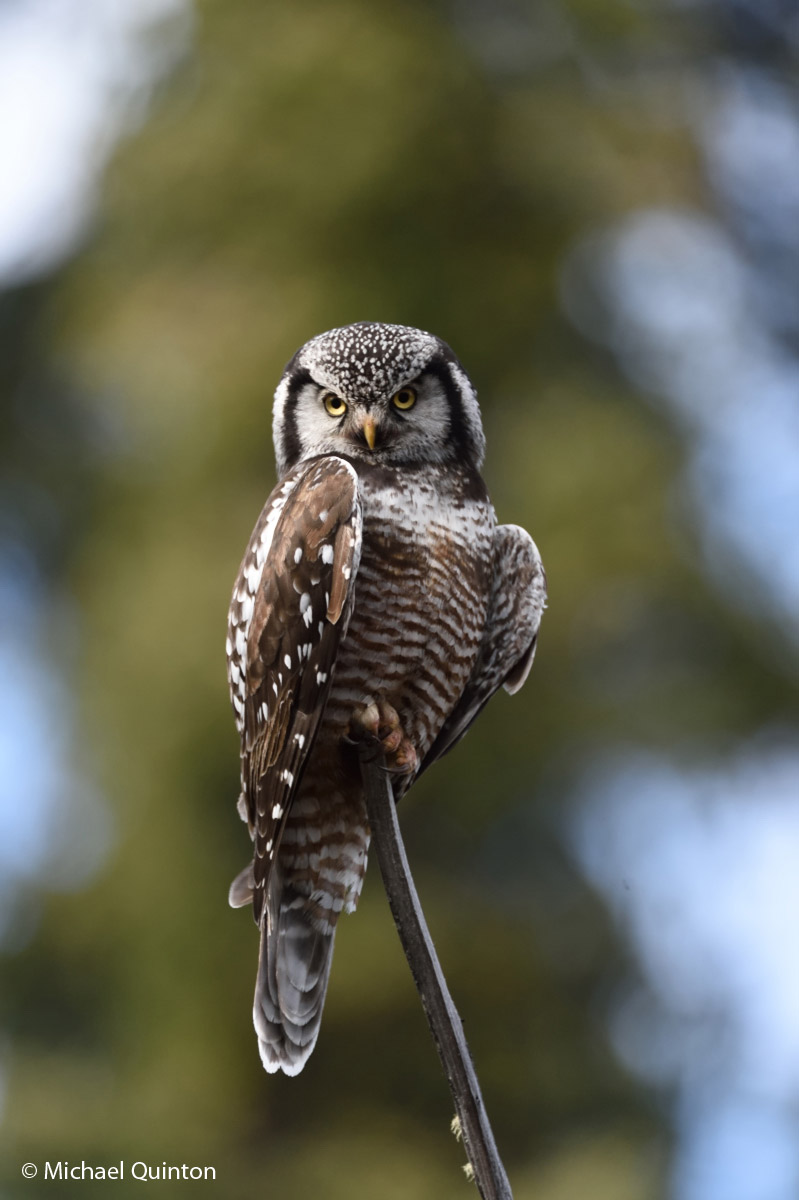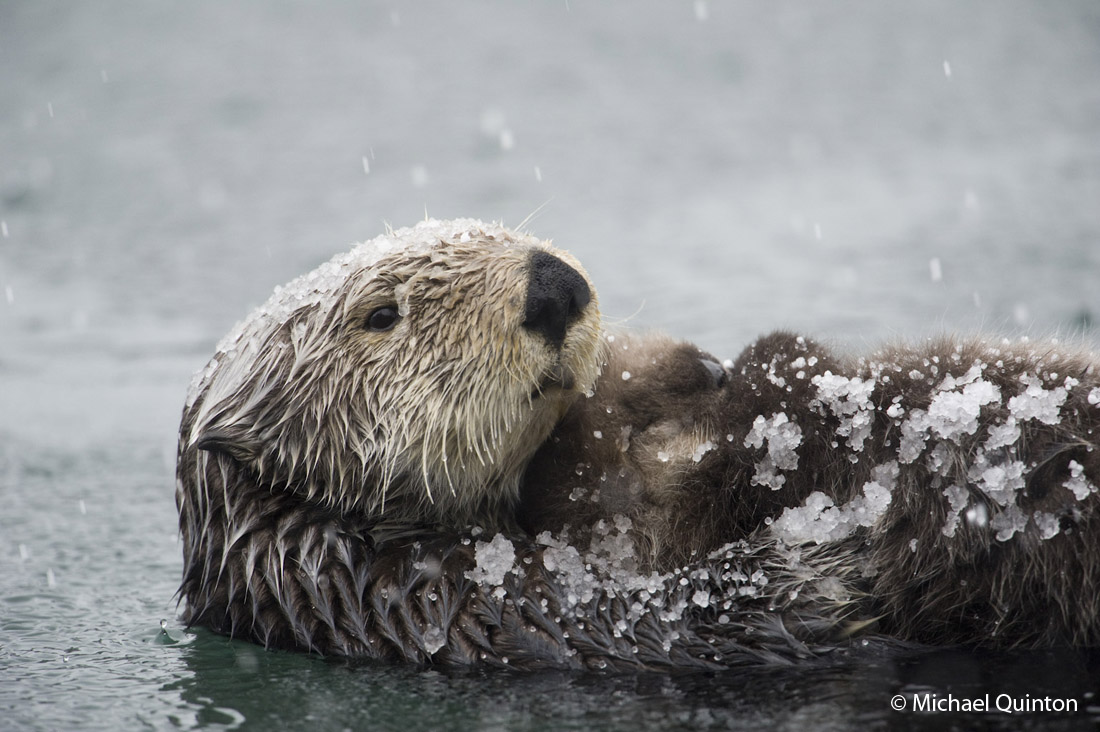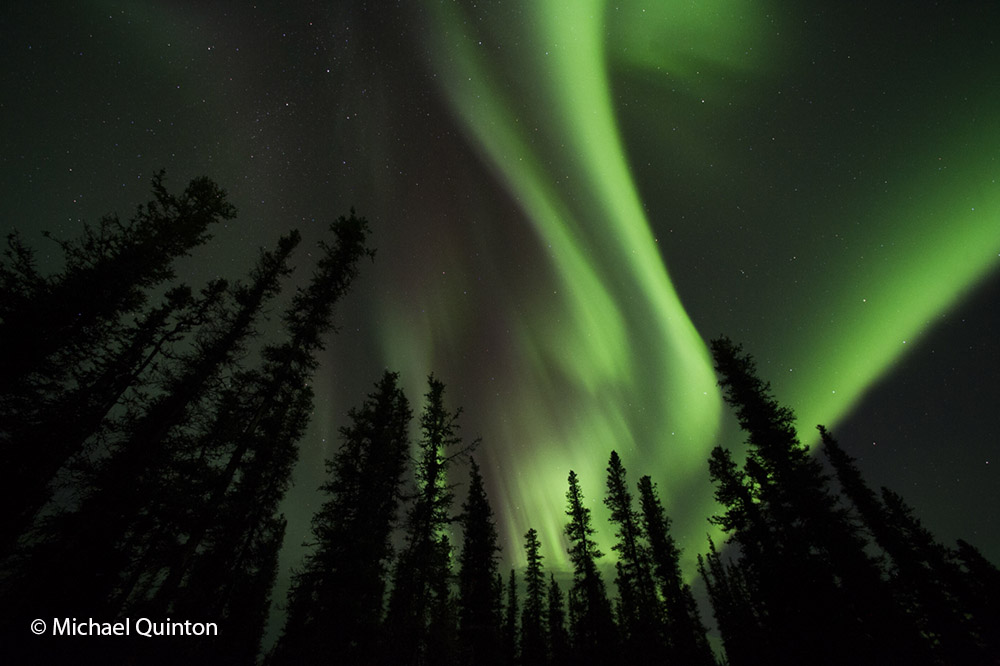 Aurora borealis in my back yard. Slana, Alaska
Aurora borealis in my back yard. Slana, Alaska
The aurora borealis displays are really picking up this year. After a few years of slow aurora activity its an exciting change and a great excuse for stay up late and snapping a few photographs. With todays wonderful digital cameras getting great aurora photos is easier than ever. I remember the day when I had only Kodachrome film with an ASA speed of either 25 or 64. Living in Alaska it could take more than two weeks just to get your processed film returned and check your results. Today you can snap a shot or two check the exposure using your histogram display, adjust your exposure if necessary and shoot away . You can be confident of what you’re getting. Continue reading

